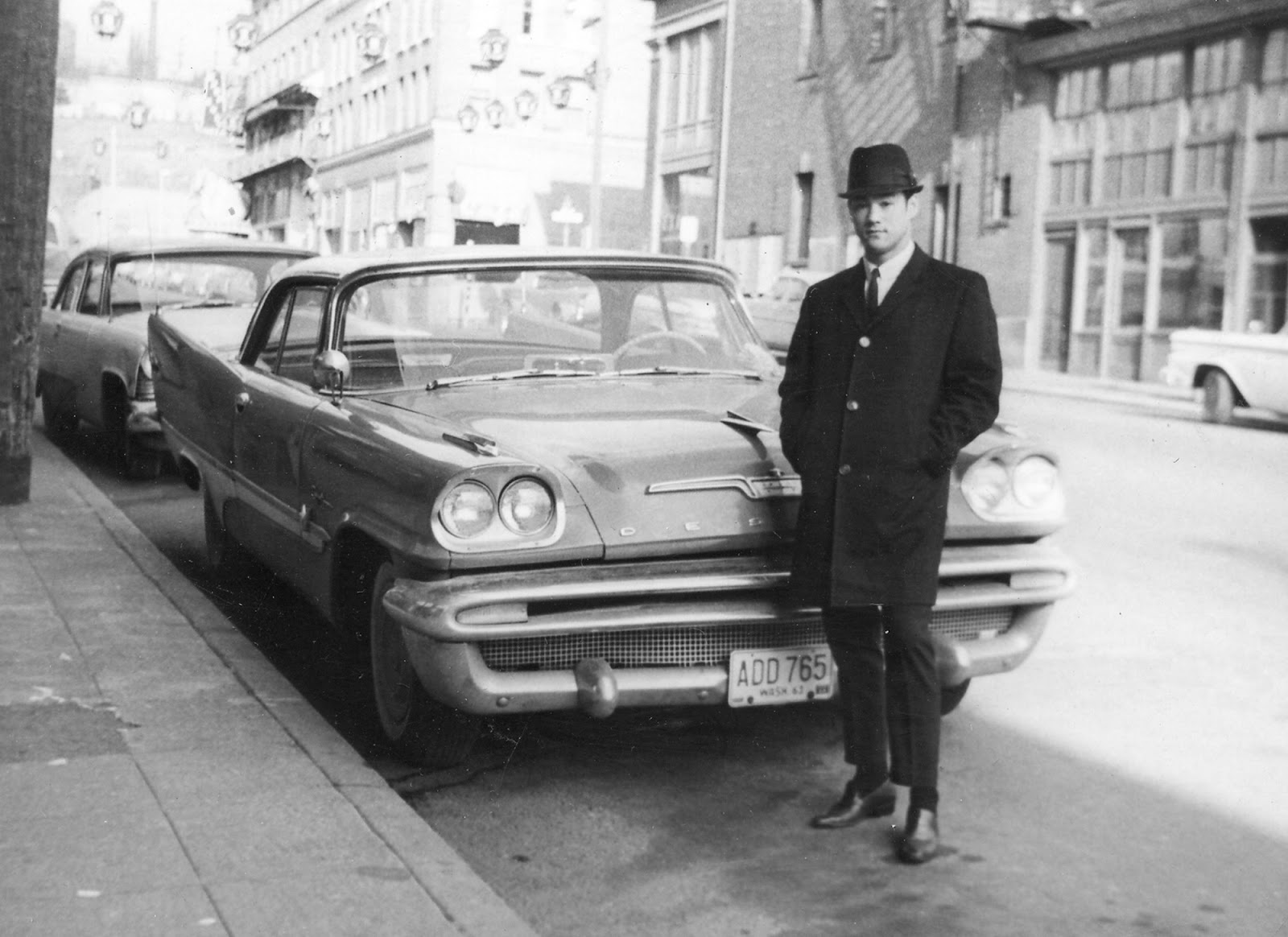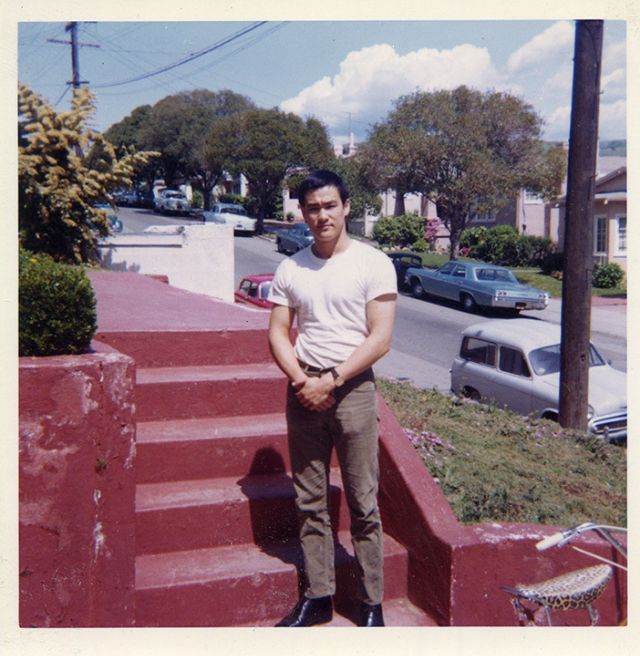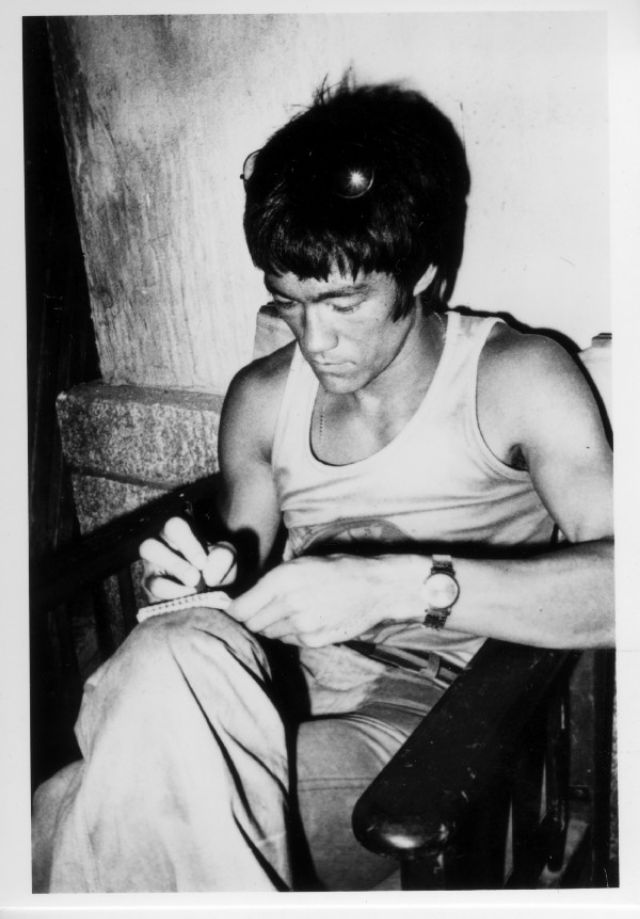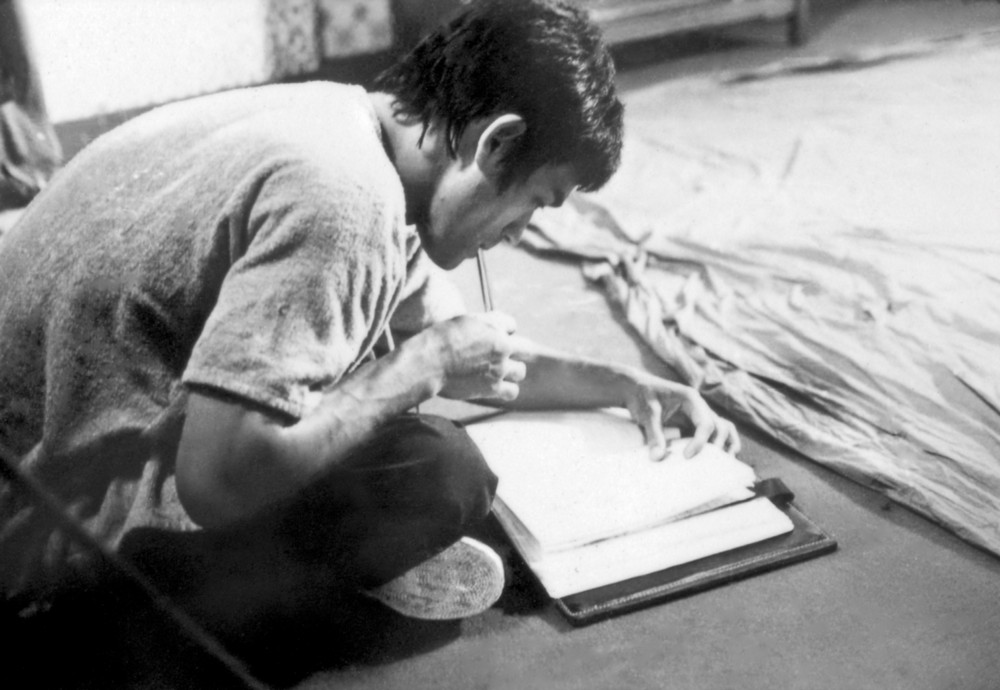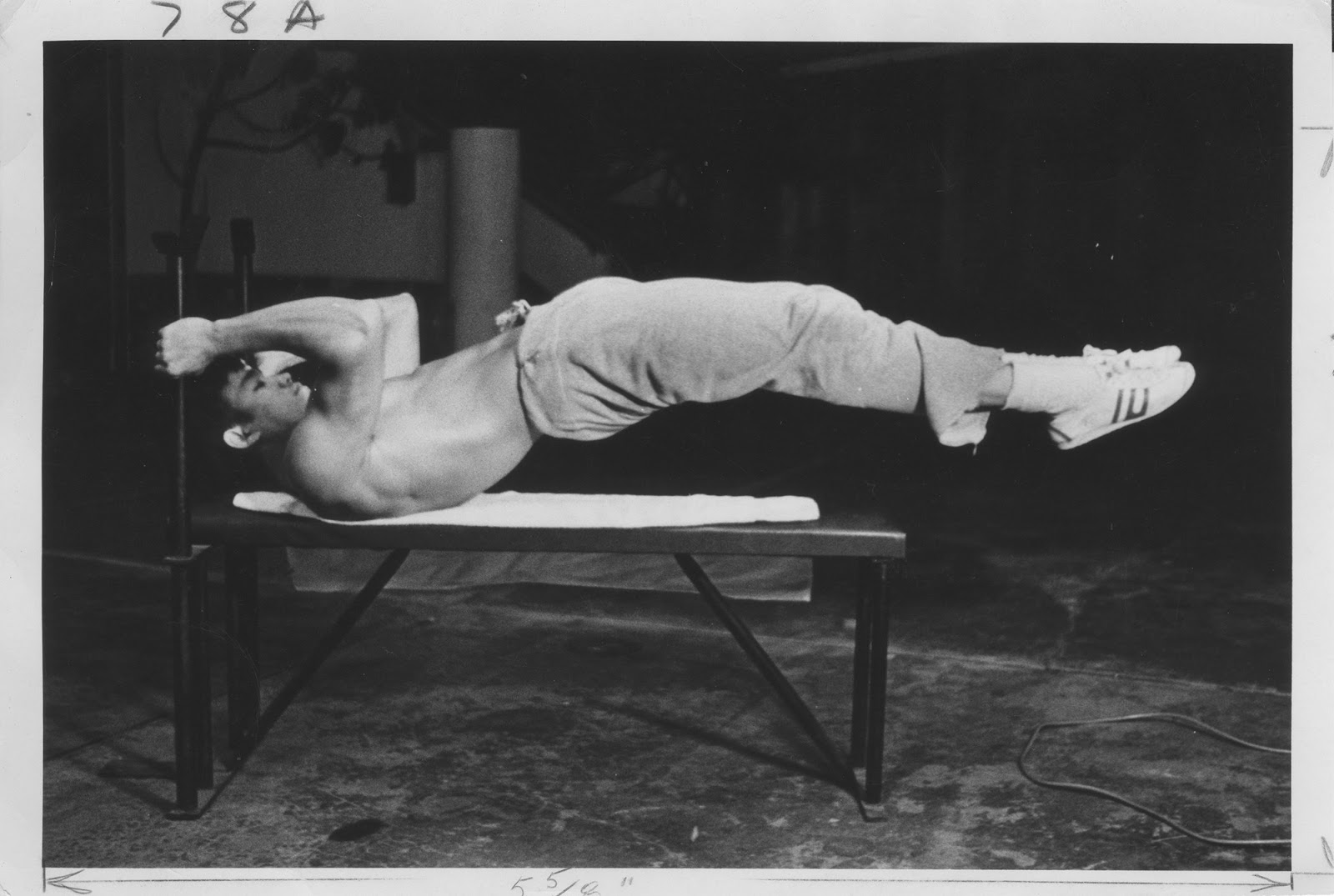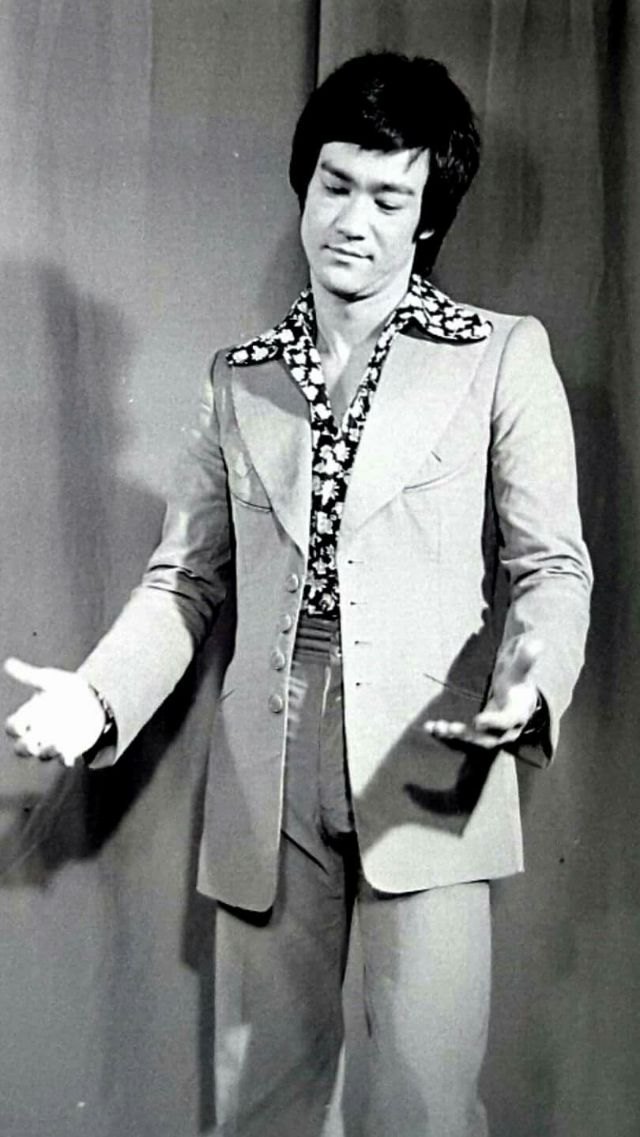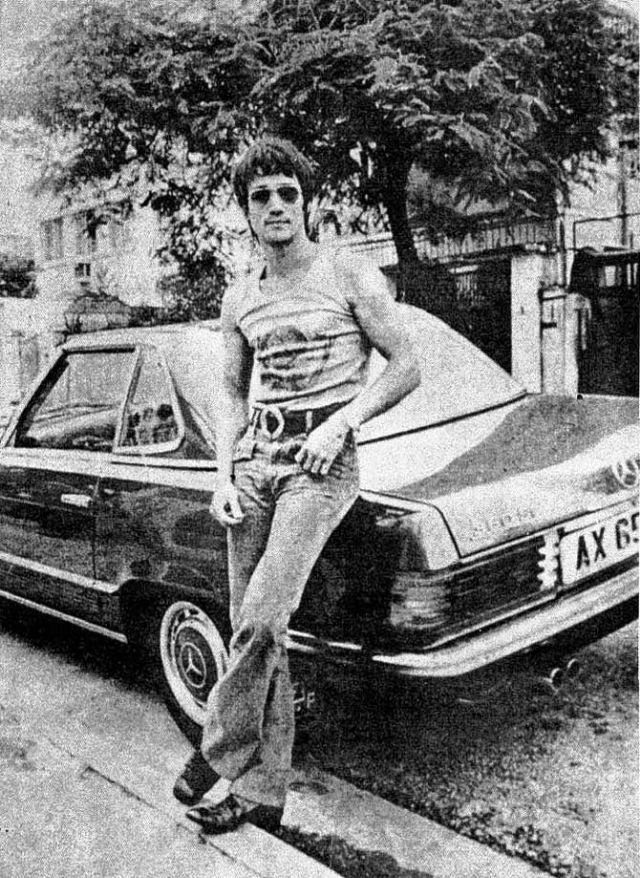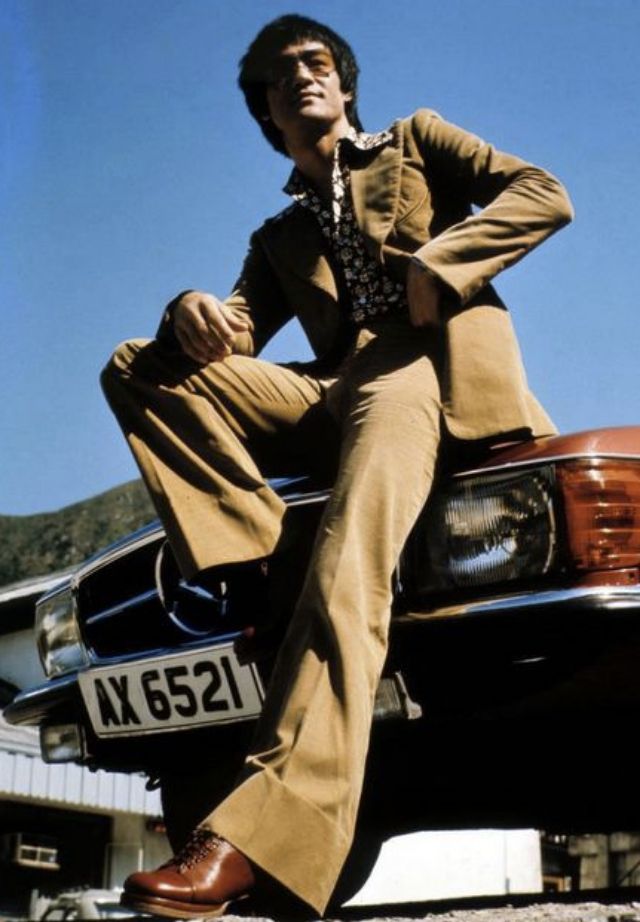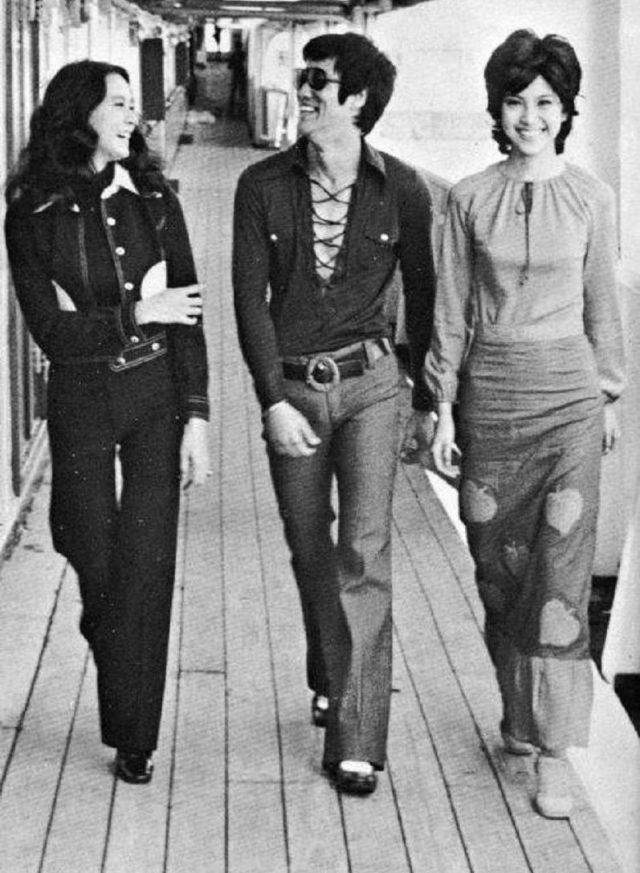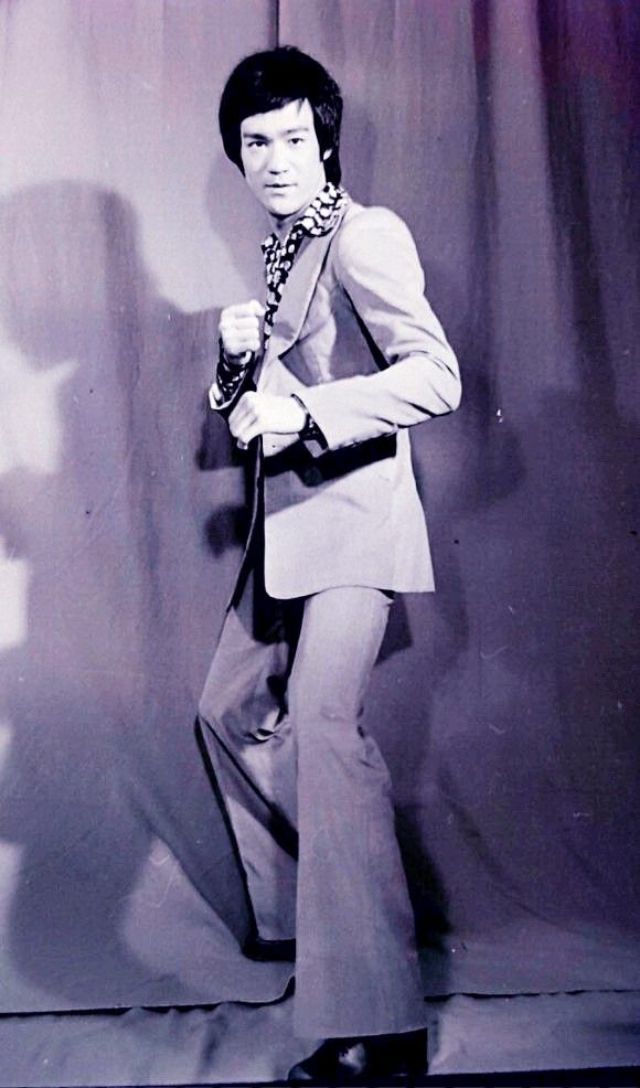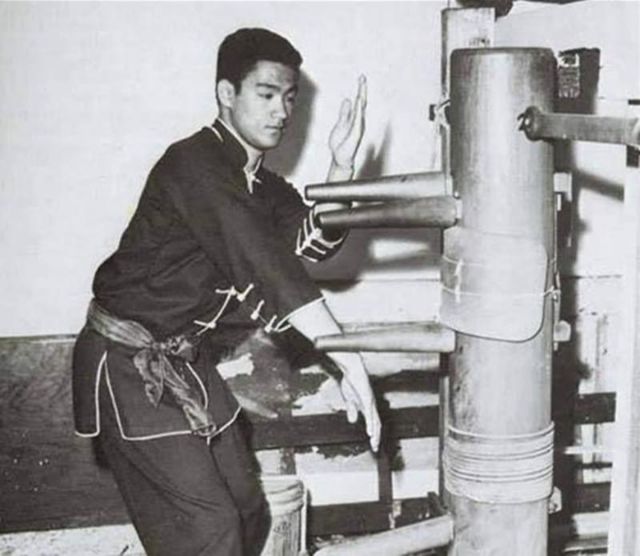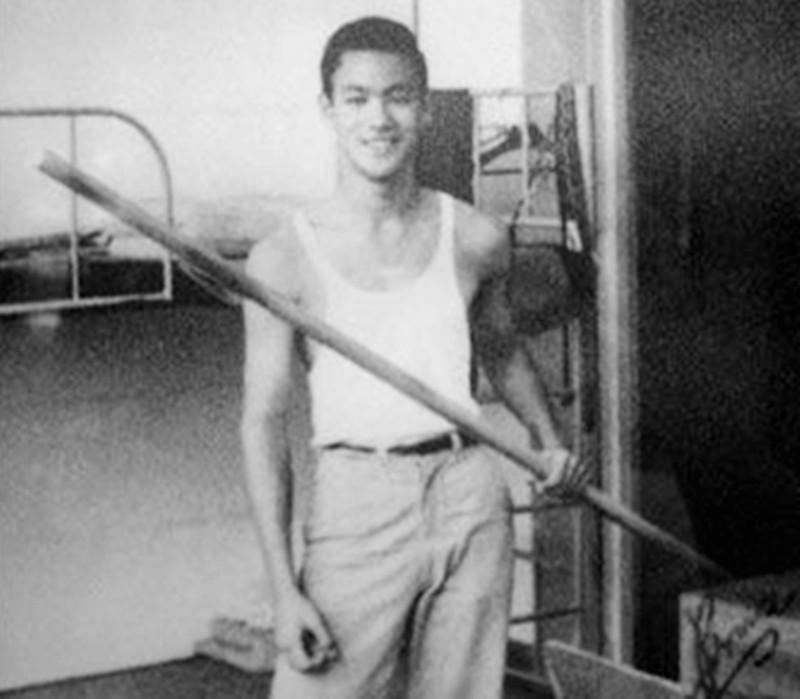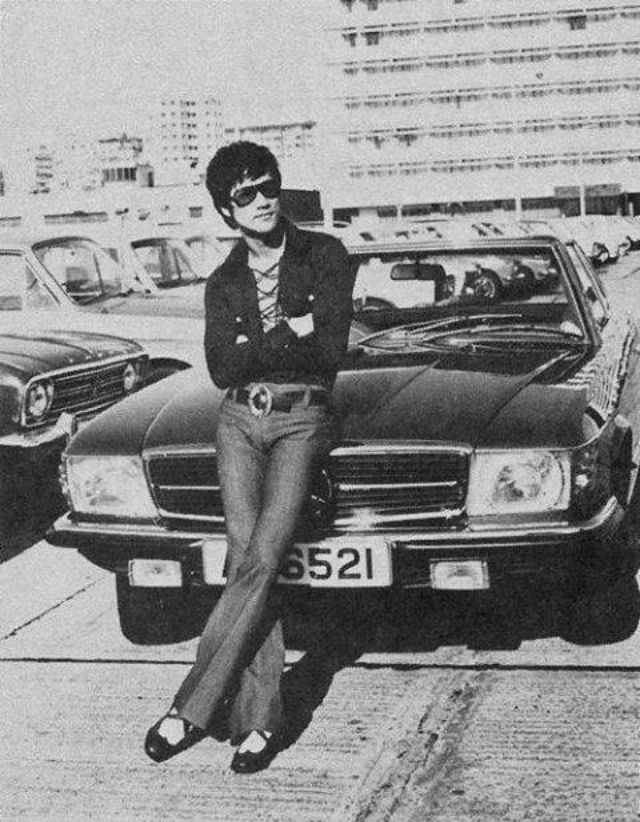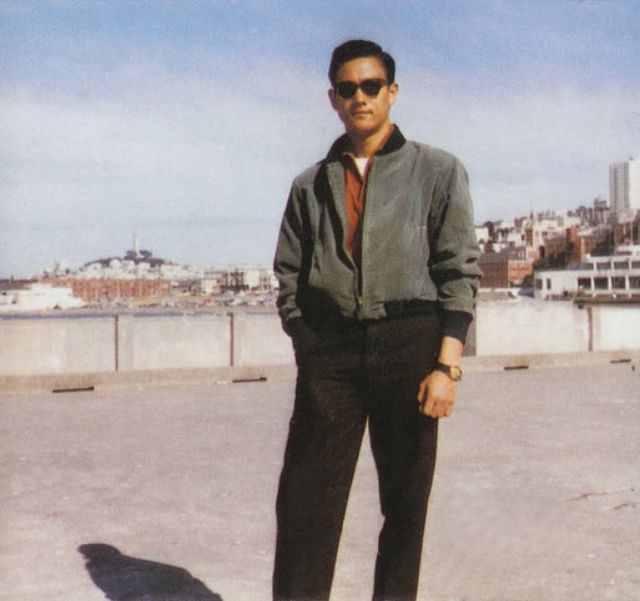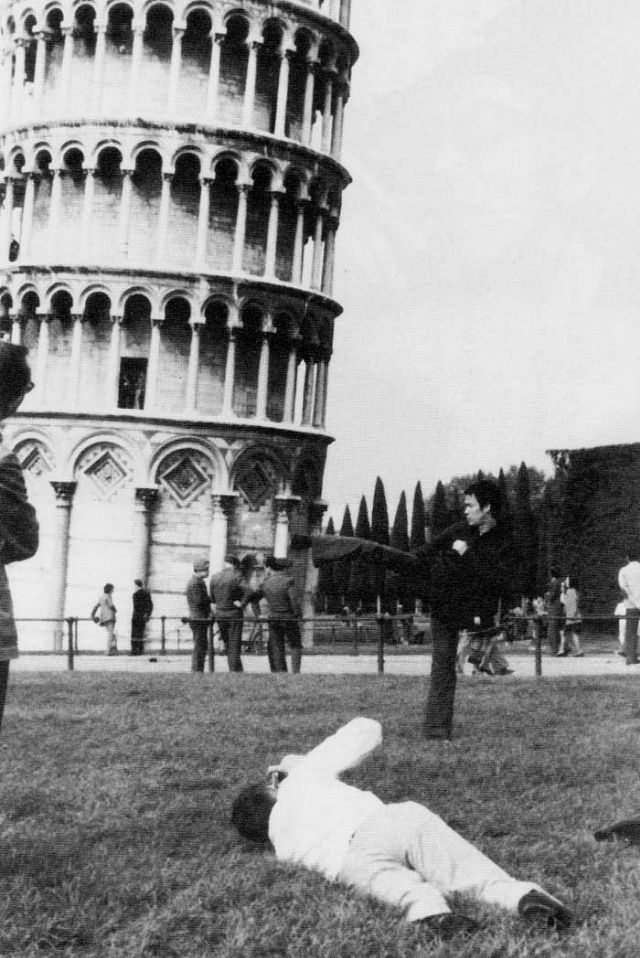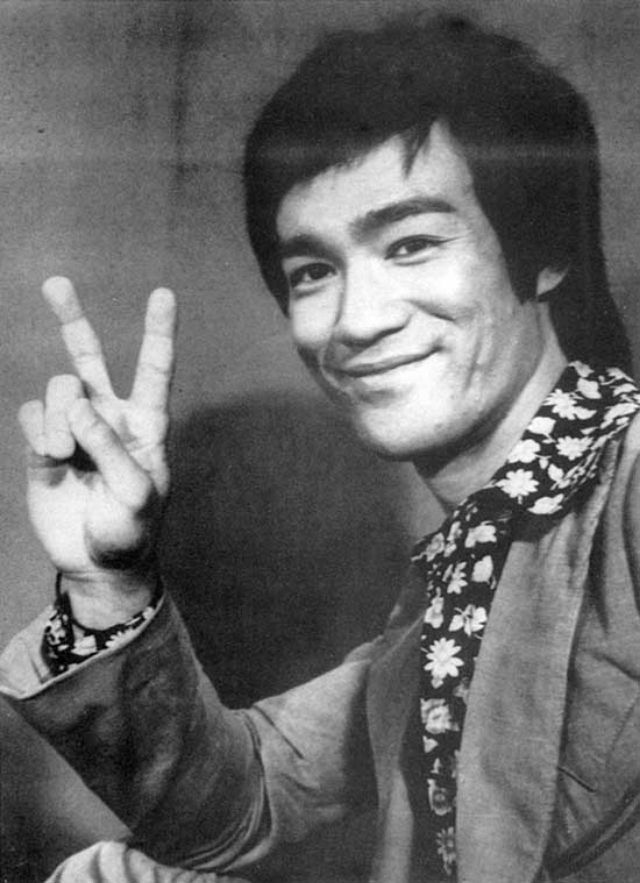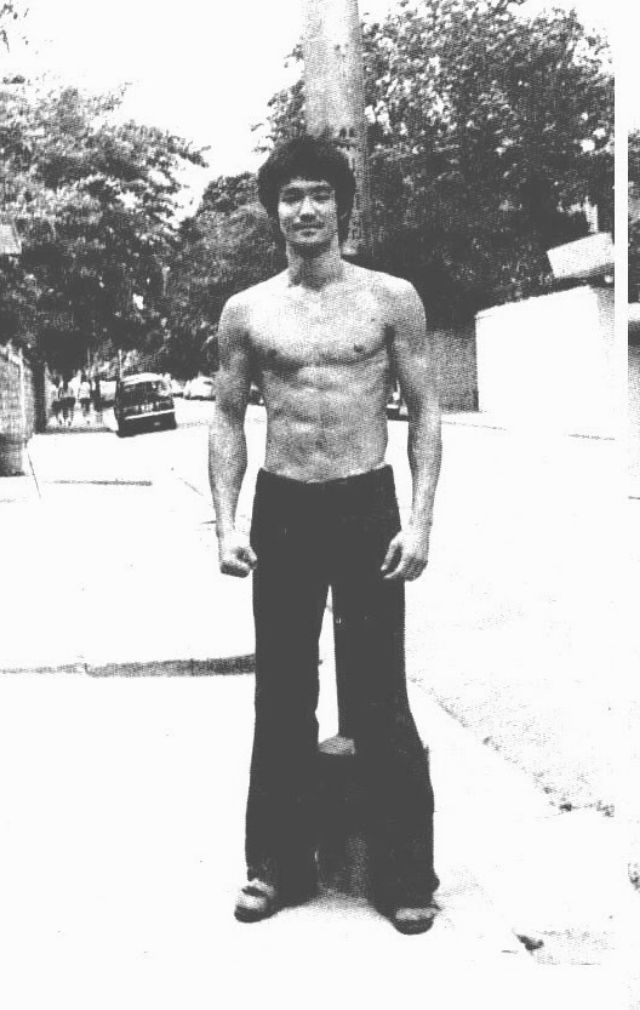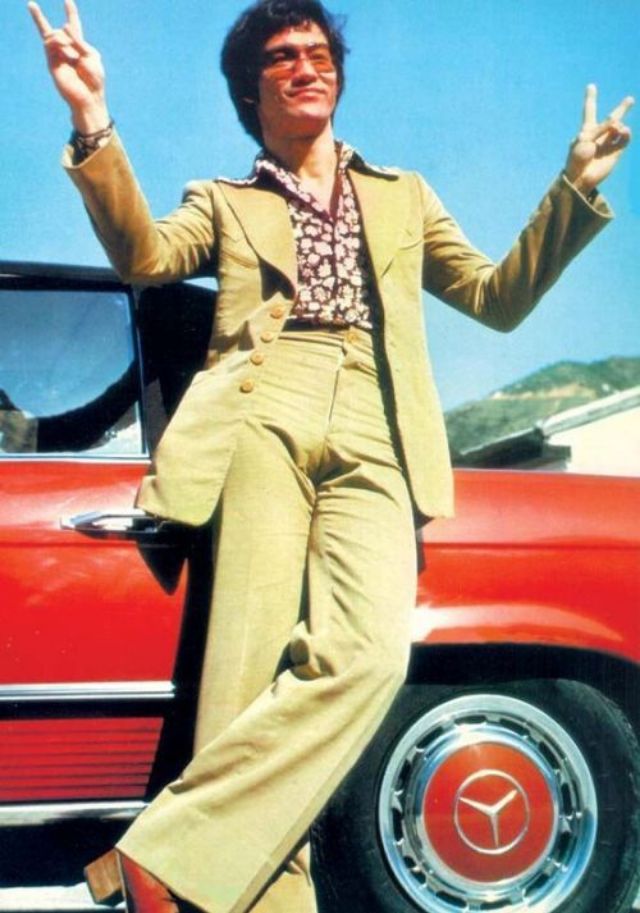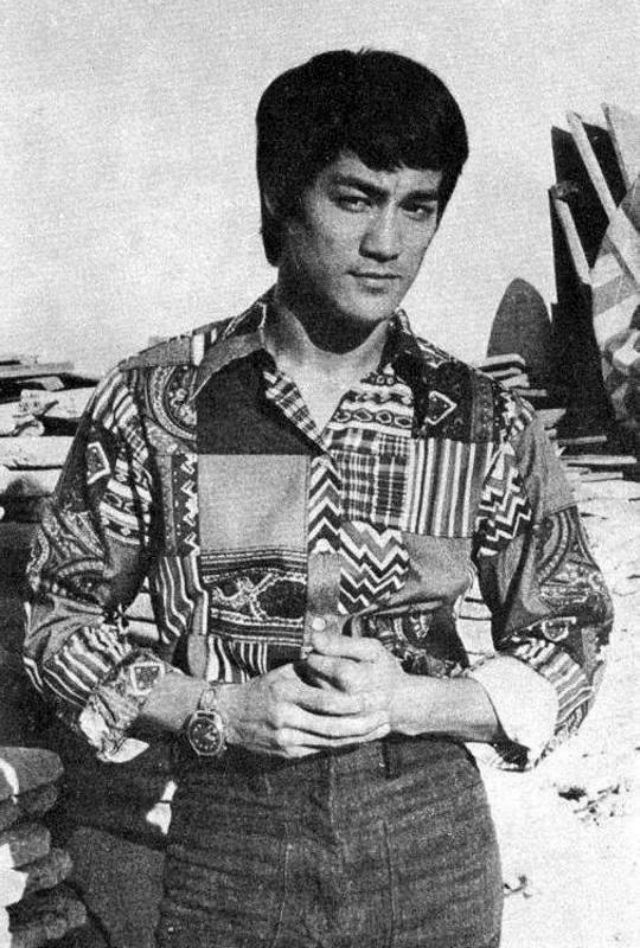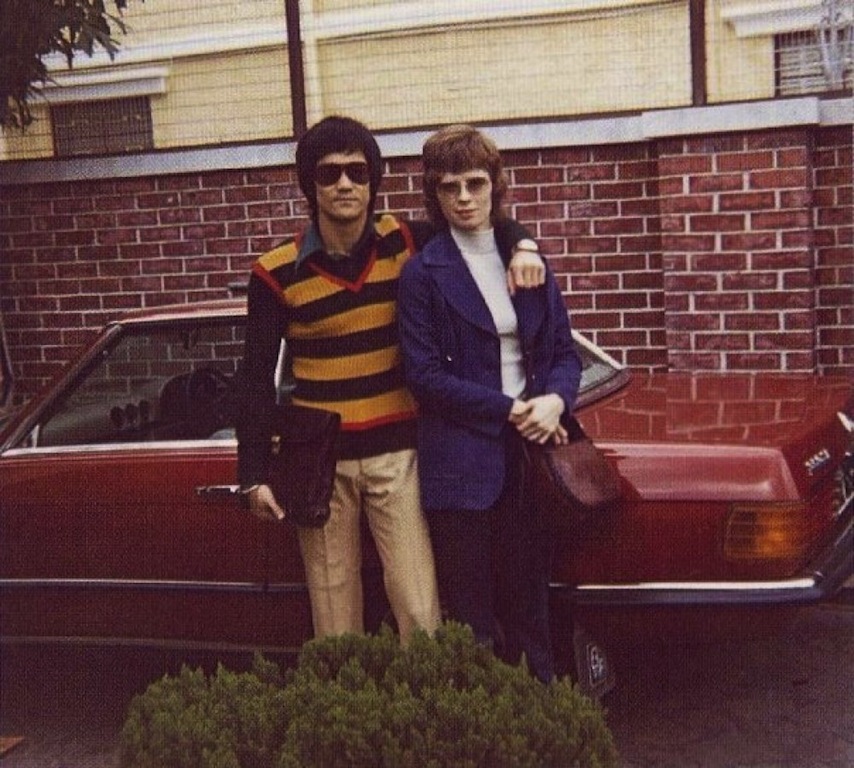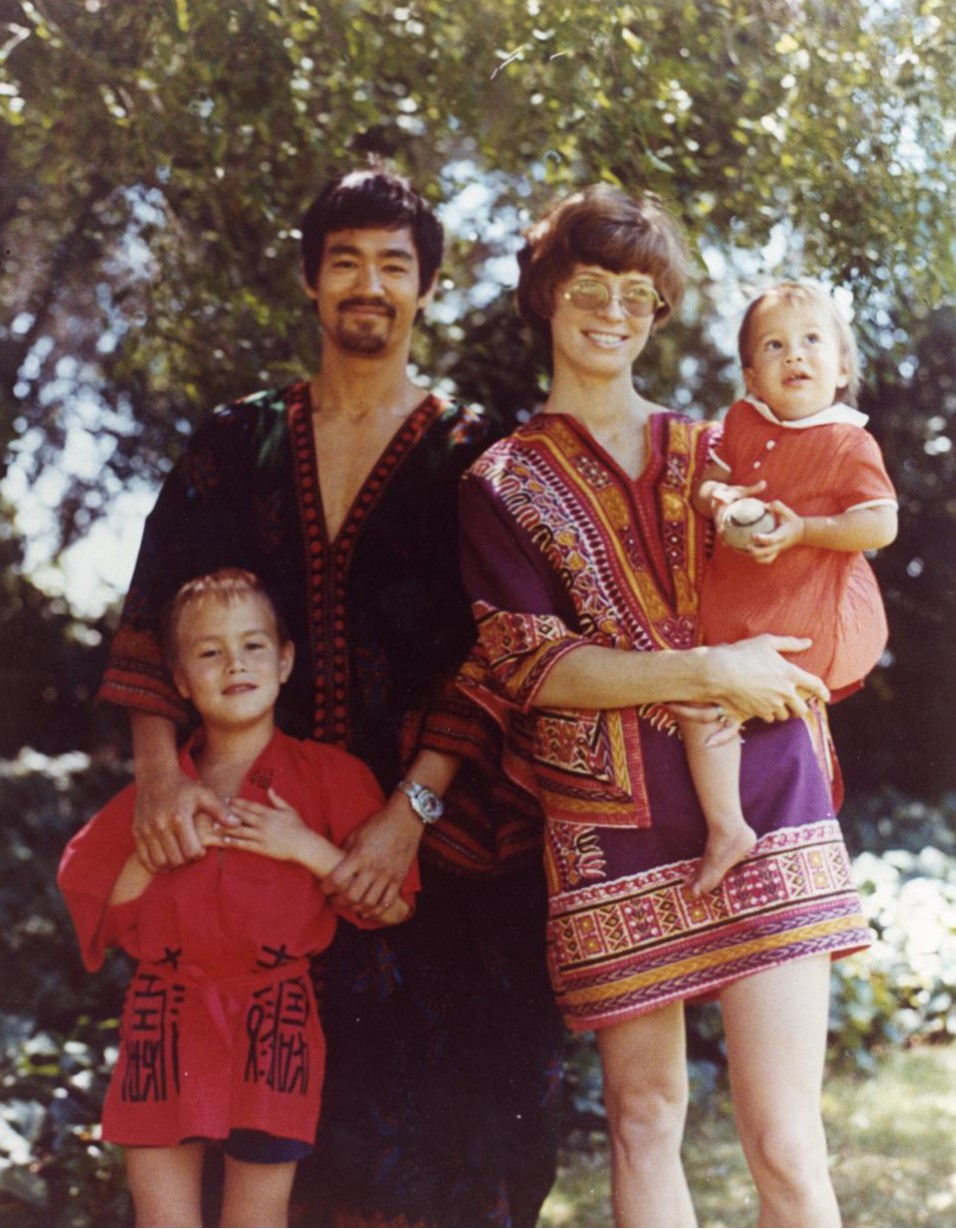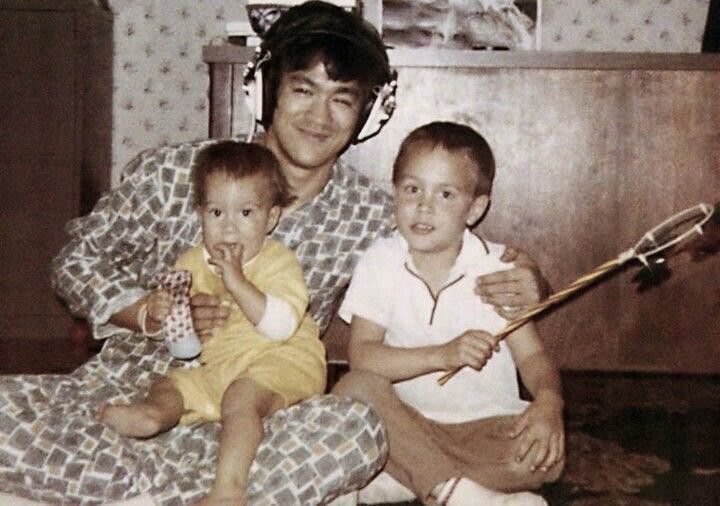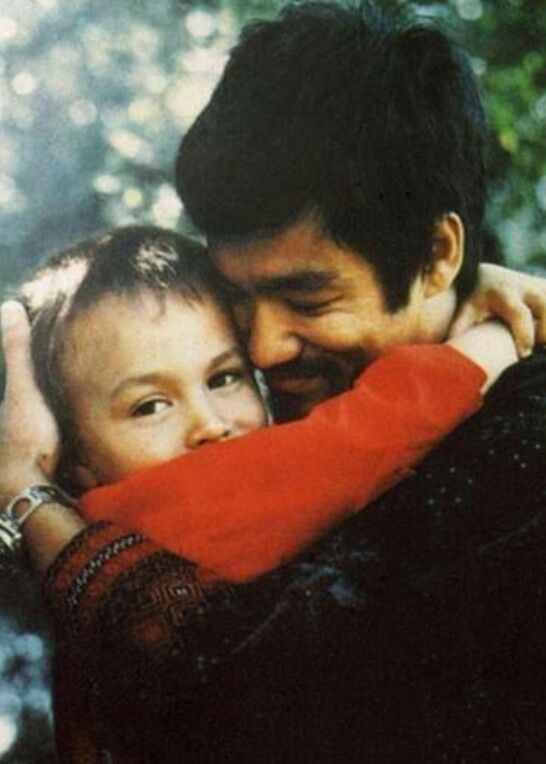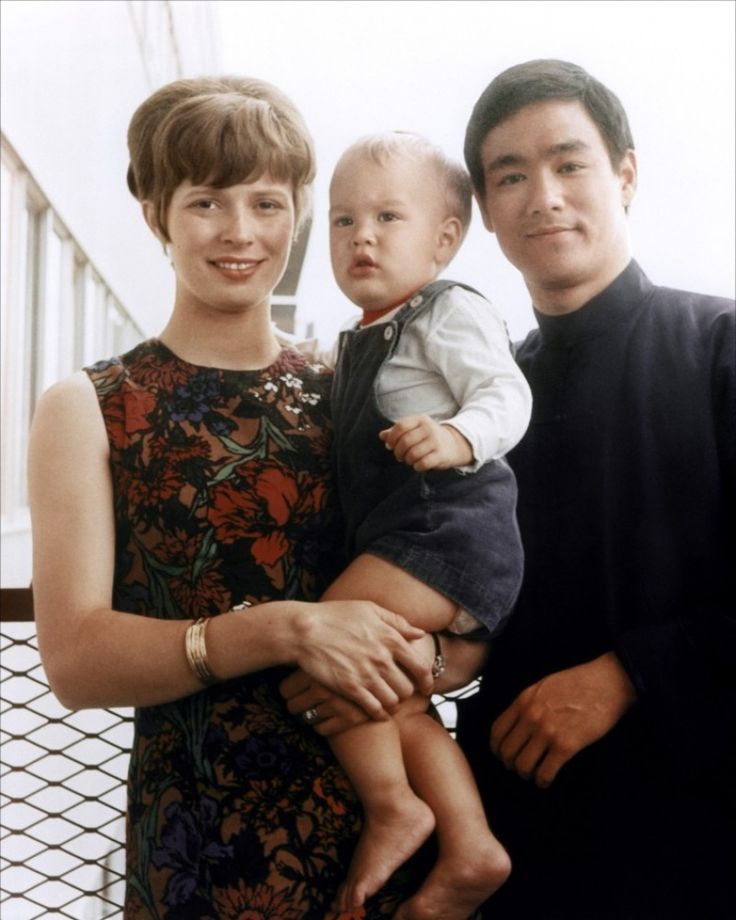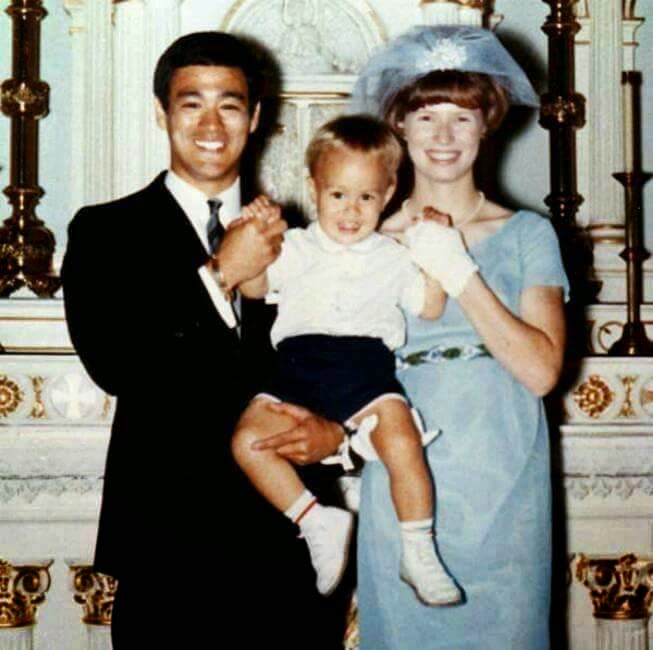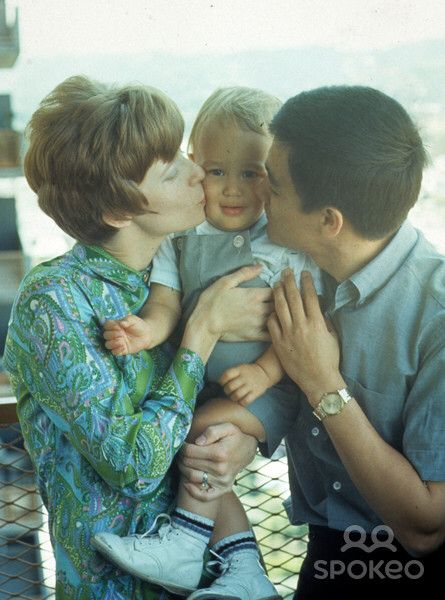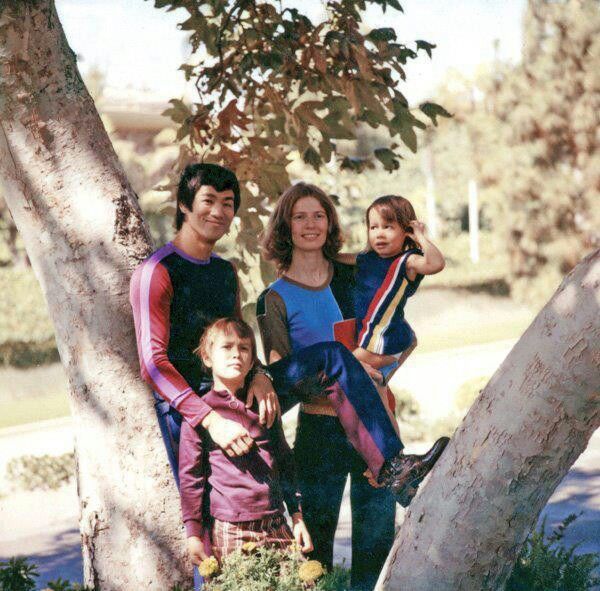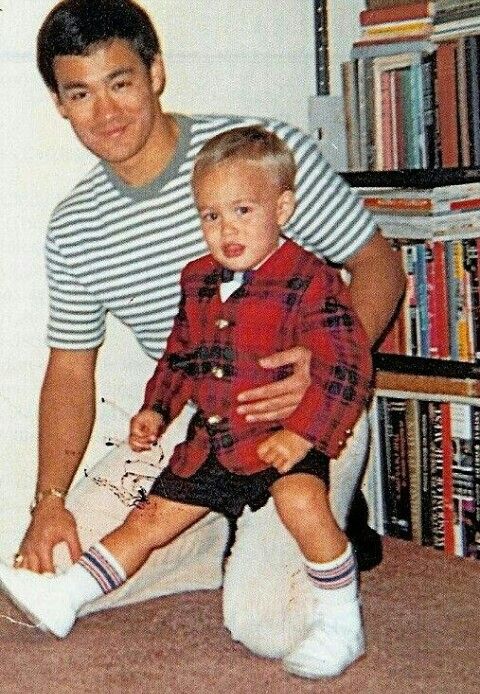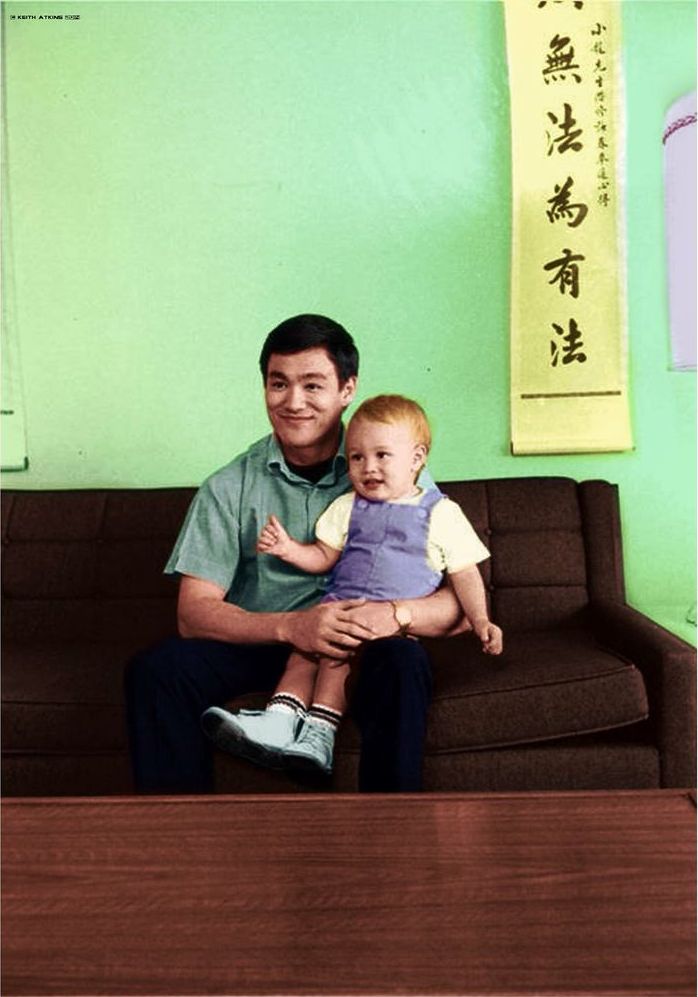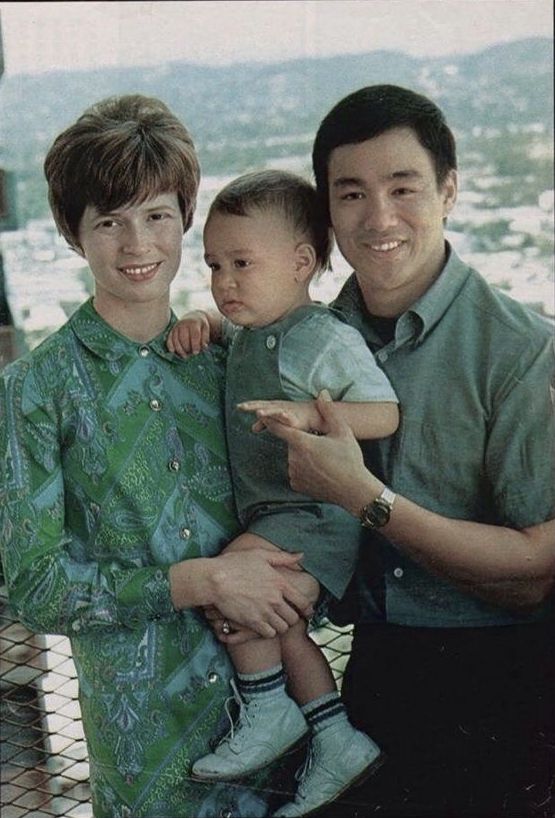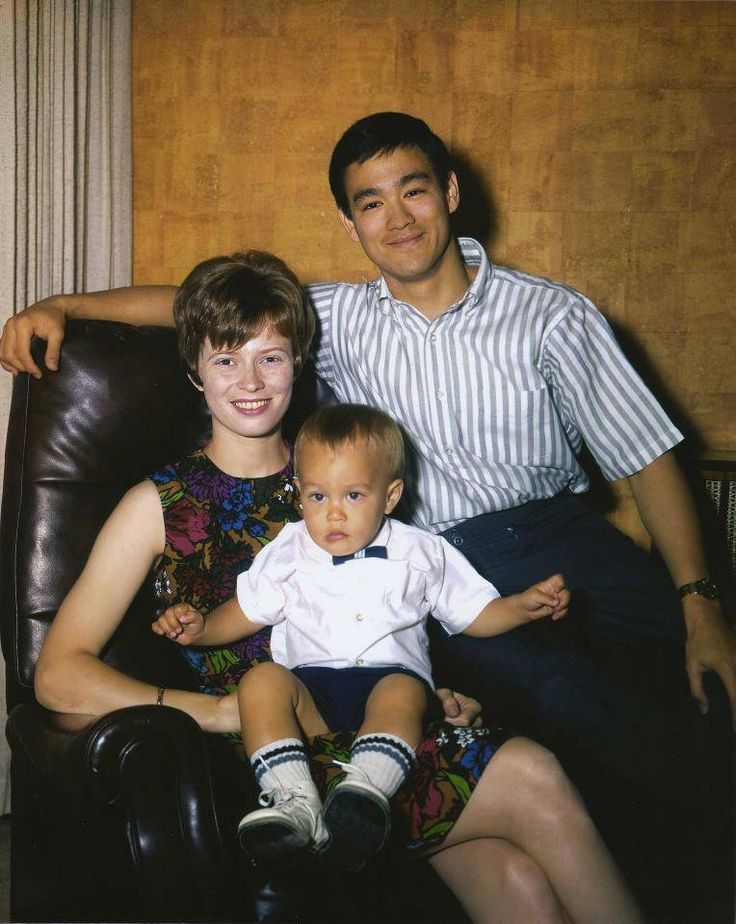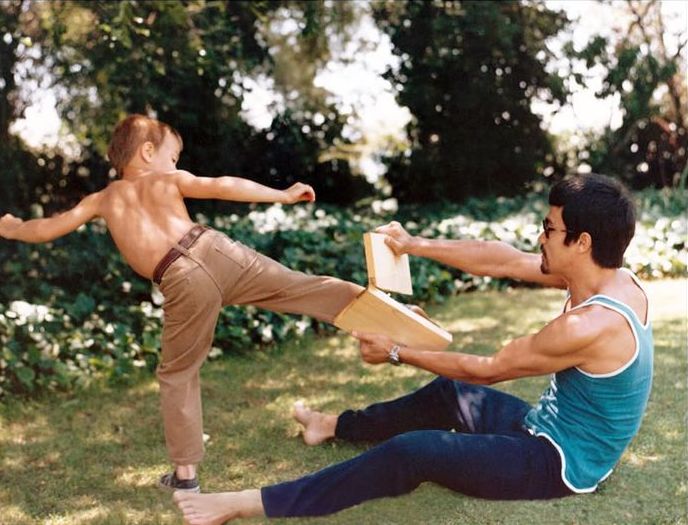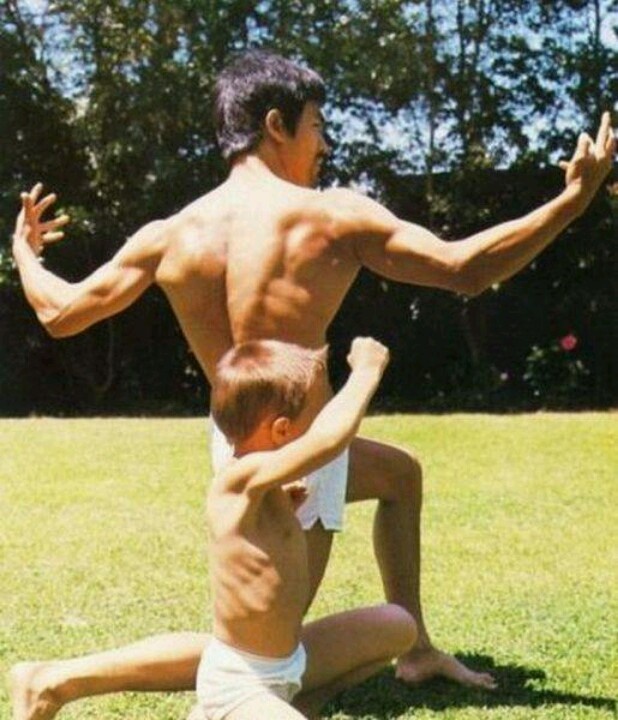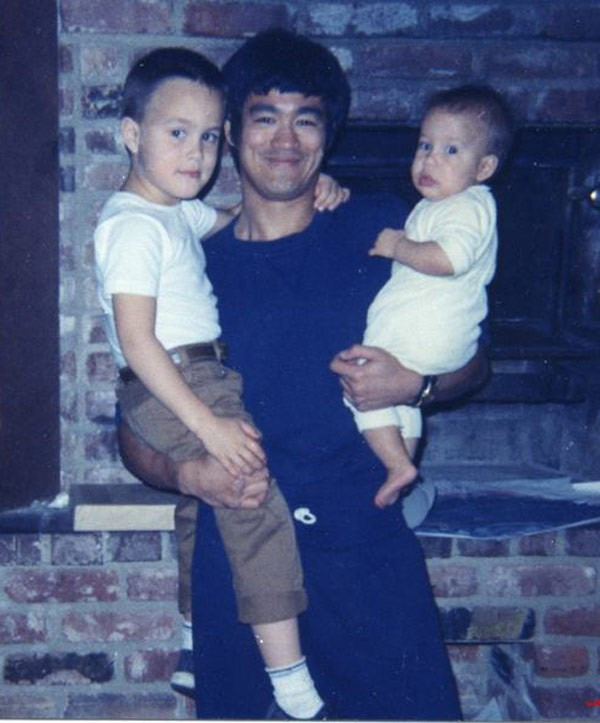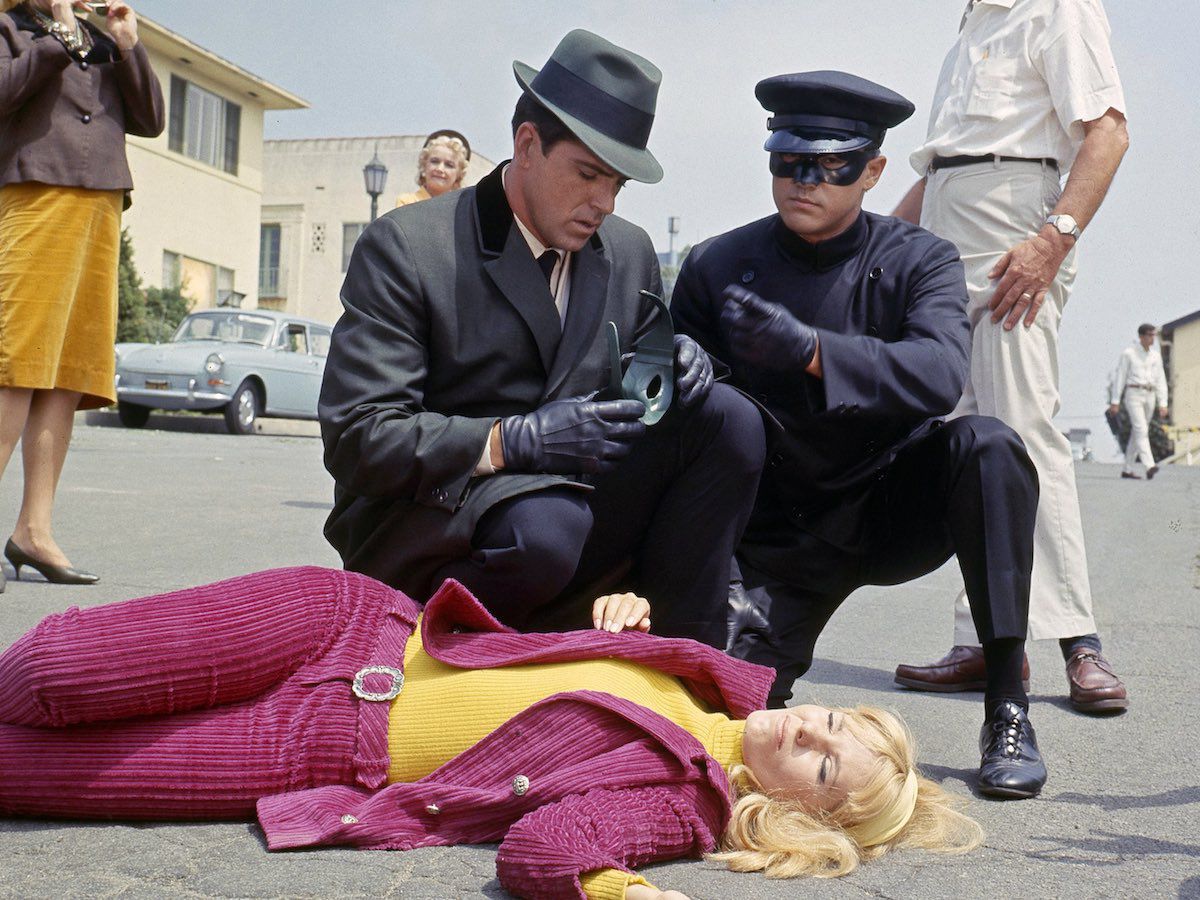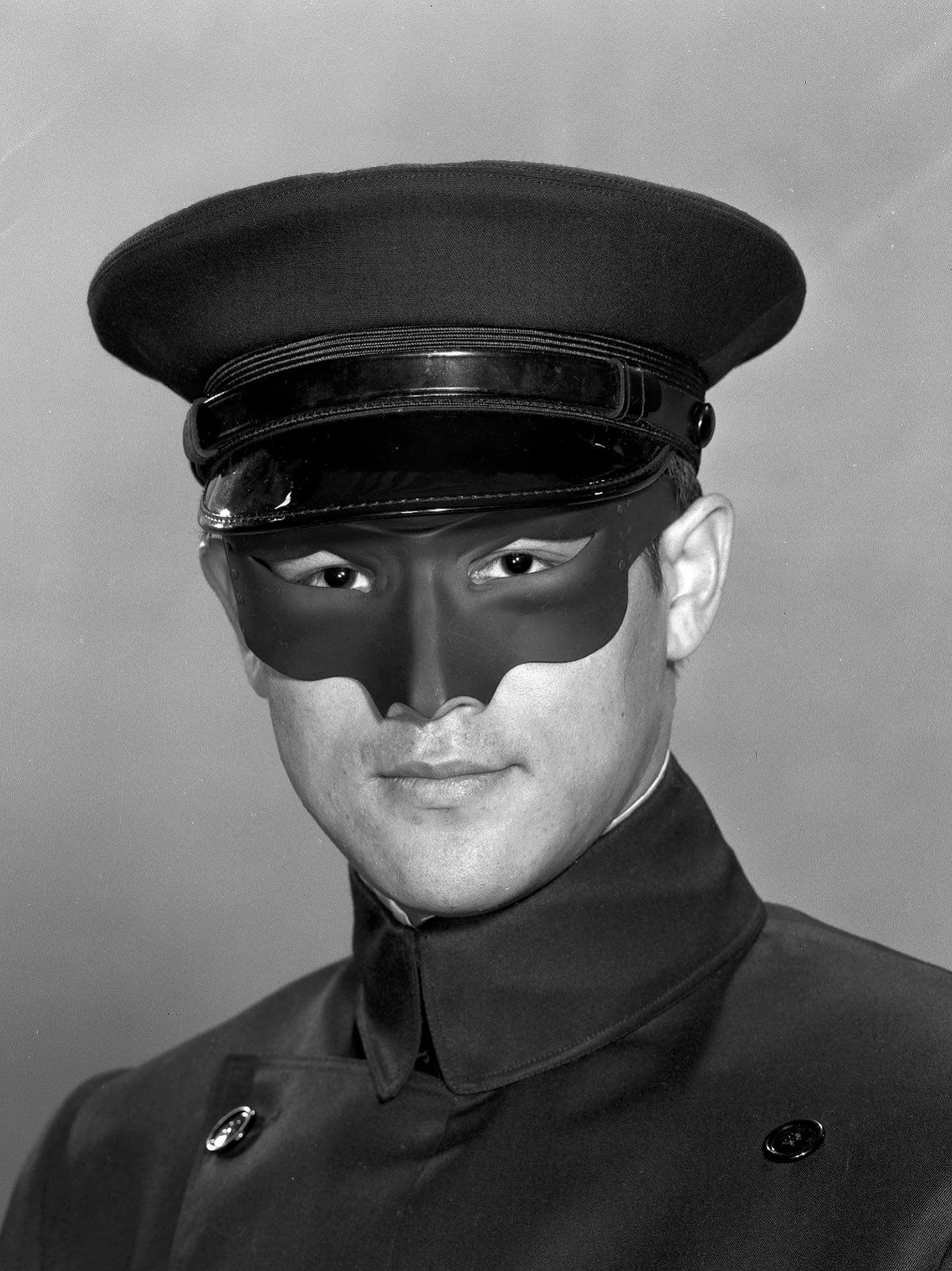He was the founder of Jeet Kune Do, a hybrid martial arts philosophy drawing from different combat disciplines that is often credited with paving the way for modern mixed martial arts. Lee is considered by critics, media, and other martial artists to be the most influential martial artist of all time and a pop culture icon of the 20th century, who bridged the gap between East and West. He is credited with promoting Hong Kong action cinema and helping to change the way Asians were presented in American films. Bruce Lee was born in San Francisco, but he grew up in Hong Kong. He was introduced to the entertainment industry at an early age, as his father was an opera singer and part-time actor. The younger Lee began appearing in films as a child and was frequently cast as a juvenile delinquent or street urchin. As a teenager, he took up with local gangs and began learning kung fu to better defend himself. At that time he also started dance lessons, which further refined his footwork and balance; in 1958 Lee won the Hong Kong cha-cha championship. Lee’s parents were increasingly disturbed by his street fighting and run-ins with the police, and they sent him to live in the United States shortly after he turned 18. He lived with family friends in Seattle, where he finished high school and studied philosophy and drama at the University of Washington. While in Seattle he opened his first martial arts school, and in 1964 he relocated to Oakland, California, to found a second school. It was about that time that he developed his own technique—jeet kune do, a blend of ancient kung fu, fencing, boxing, and philosophy—which he began teaching instead of traditional martial arts. He drew the attention of a television producer after giving a kung fu demonstration at a Los Angeles-area karate tournament, and he was cast as the sidekick Kato in the television series The Green Hornet (1966–67). In the 1970s, his Hong Kong and Hollywood-produced films elevated the Hong Kong martial arts films to a new level of popularity and acclaim, sparking a surge of Western interest in Chinese martial arts. The direction and tone of his films dramatically influenced and changed martial arts and martial arts films worldwide. He is noted for his roles in five feature-length Hong Kong martial arts films in the early 1970s: Lo Wei’s The Big Boss (1971) and Fist of Fury (1972); Golden Harvest’s Way of the Dragon (1972), directed and written by Lee; and Golden Harvest and Warner Brothers’ Enter the Dragon (1973) and The Game of Death (1978), both directed by Robert Clouse. Lee became an iconic figure known throughout the world, particularly among the Chinese, based upon his portrayal of Chinese nationalism in his films, and among Asian Americans for defying stereotypes associated with the emasculated Asian male. Bruce Lee died on July 20, 1973, at the age of 32. The mysterious circumstances of his death were a source of speculation for fans and historians, but the cause of death was officially listed as swelling of the brain caused by an allergic reaction to a headache medication. At the time, Lee had been working on a film called Game of Death, which was pieced together with stand-ins and cardboard cutouts of Lee’s face and was released in 1978. After Lee’s death, his films gained a large cult following. Lee himself became one of the biggest pop culture icons of the 20th century.
(Photo credit: Wikimedia Commons / Wikipedia / Britannica Encyclopedia). Notify me of new posts by email.
Δ Subscribe
